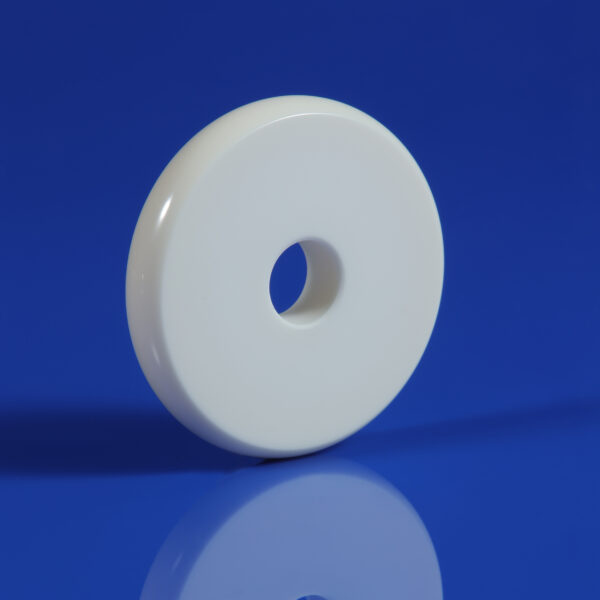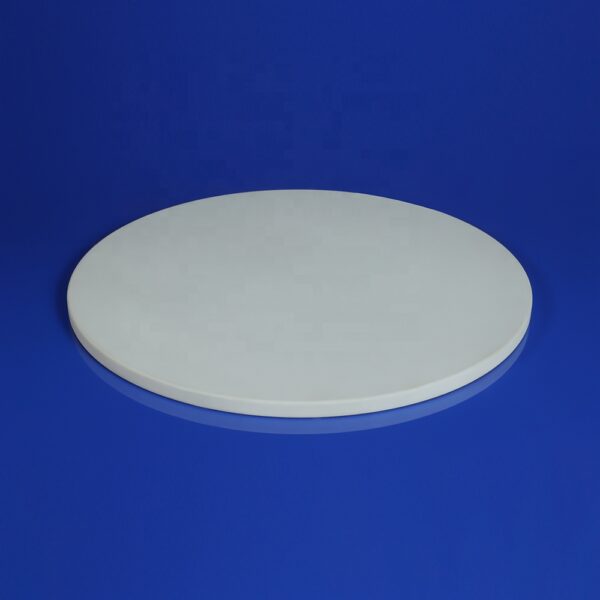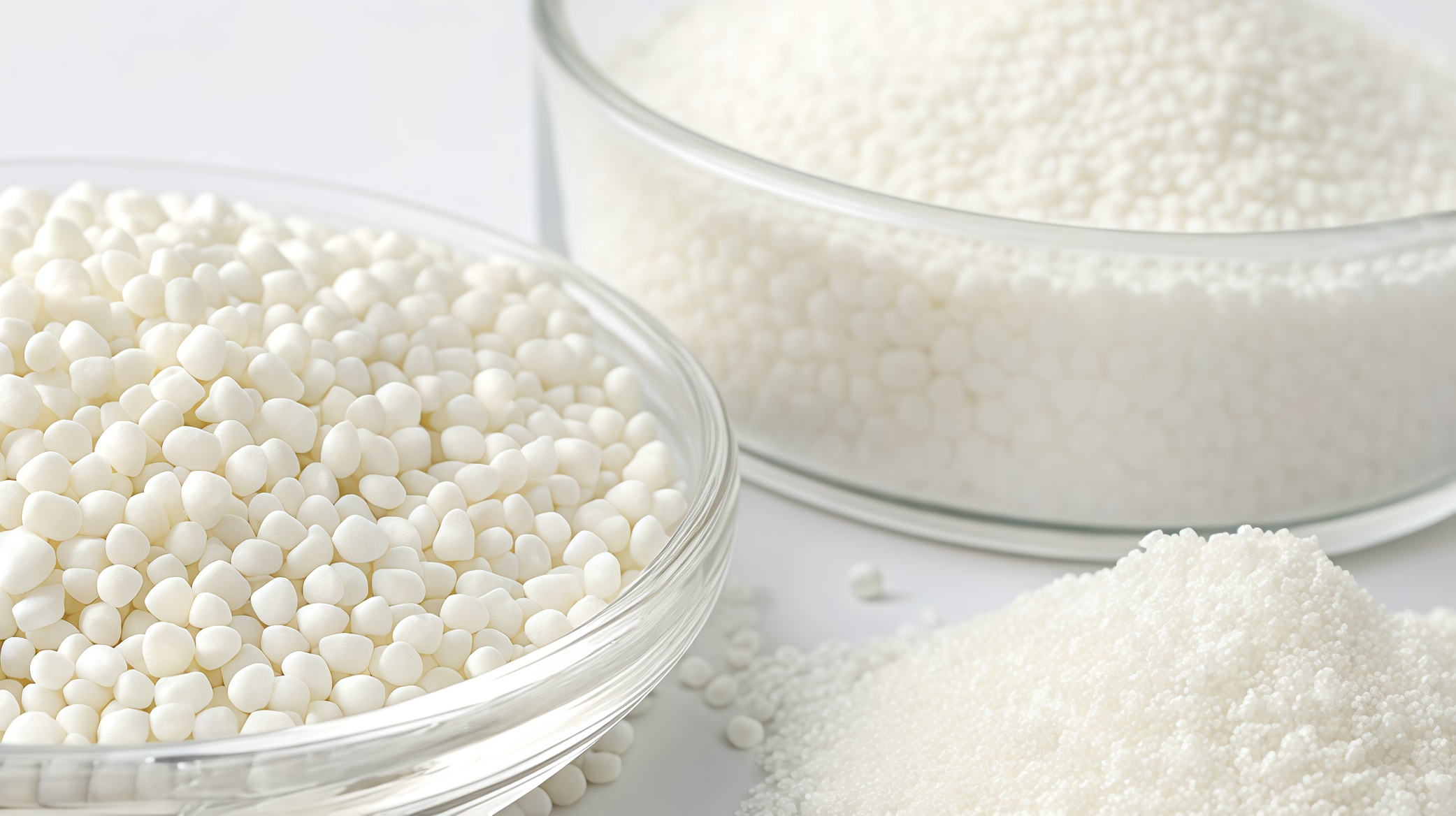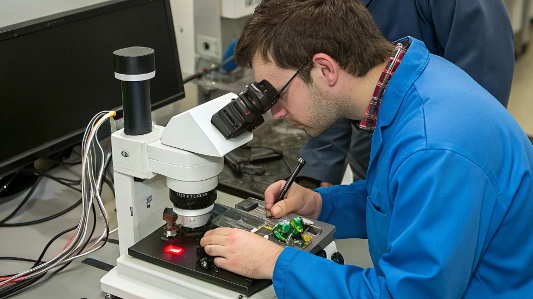What Exactly Are Ceramic Metallization Services?
In high-tech industries, there is often a need to add metal patterns or layers onto ceramic parts. This is essential for making electronic connections or creating surfaces that can be joined to metal components, especially for hermetic seals. However, applying metal to ceramic is a complex process requiring specialized knowledge and equipment. This is where ceramic metallization services1 come in. People might ask, "What kinds of services do companies offer for ceramic metallization?" These services provide the specialized capabilities that many companies do not have in-house. This article explains the different types of ceramic metallization services available.
Service 1: Applying the Base Metallization Layer?
Do companies offer the service of taking your ceramic parts and applying the initial metal or metal-compound layer to specific areas?
This is a problem because you have ceramic components that need to be made bondable or conductive, but you do not possess the specialized equipment or technical know-how required for processes like Moly-Manganese paste application and firing, or thin-film metal deposition. Without this service, you cannot perform the foundational step needed to prepare the ceramic surface for subsequent joining or electrical connection, making it impossible to manufacture the final component you need.
Ceramic metallization services include the fundamental offering of applying the base metallization layer2 onto customer-supplied or sourced ceramic parts. This involves processes like screen printing or dispensing a metallization paste (e.g., Moly-Manganese or Active Braze Alloy paste) and high-temperature firing, or using vacuum deposition techniques like sputtering to apply thin-film metal stacks in precise patterns.
Service 2: Providing Different Metallization Technologies?
Given that different applications require different types of metallization, do service providers offer a range of these technologies?
This is a problem because your specific ceramic material, the metal you need to join to it, the required bond strength, hermeticity level, electrical properties, and cost targets all influence the optimal metallization process. If a service provider only offers one type of metallization (e.g., only Moly-Manganese), they cannot meet the diverse technical needs of various applications. Using an inappropriate metallization process because it is the only one available will result in a component that fails to meet performance or reliability requirements.
Specialized ceramic metallization services typically offer multiple types of metallization technologies. This allows them to provide the most suitable process for your specific ceramic material (e.g., alumina, aluminum nitride), mating metal, and performance needs, such as Moly-Manganese for high-strength brazing of alumina, Thin Film for high-precision electronics, or Active Brazing Alloy application.

Service 3: Offering Post-Metallization Plating?
After the initial metallization layer is applied and fired, does the service include applying subsequent plating layers, like Nickel or Gold?
This is a problem because the as-fired metallization layer is often not directly solderable, wire bondable, or optimally compatible with specific braze alloys. A subsequent plating step is usually needed to prepare the surface for these next manufacturing steps. If the service provider cannot perform this plating correctly, or if you have to send the parts to a separate vendor for plating, it adds complexity, cost, and potential quality issues (e.g., contamination or damage during transfer) to your manufacturing process.
Many comprehensive ceramic metallization service providers offer post-metallization plating3 services. They can apply layers such as Nickel (for braze wetting and corrosion resistance) or Gold (for solderability and wire bonding) directly over the fired metallization layer, providing a finished surface ready for subsequent assembly processes.
Service Portfolio Matrix
| Service Tier | Core Capability | Key Processes | Technical Differentiation | Industry Applications | Validation Testing |
|---|---|---|---|---|---|
| Base Metallization | Mo-Mn/Tungsten Thick Film (25-100μm) |
• Screen Printing • Atmospheric Firing (1400-1600°C) |
≥98% Theoretical Density CTE Matching ±0.5 ppm/K |
High Voltage Insulators RF Windows |
• Adhesion >70 MPa (ASTM F1147) • Thermal Shock 500 cycles |
| Advanced Deposition | Thin Film Metallization (0.1-5μm) |
• Sputtering • E-Beam Evaporation |
Line Resolution <15μm Surface Roughness Ra <0.1μm |
MEMS Sensors Quantum Computing Chips |
• Resistivity <5 μΩ·cm • Step Coverage >95% |
| Hybrid Solutions | Active Metal Brazing (AMB) Direct Bonded Copper (DBC) |
• Vacuum Brazing • Oxidation-Reduction Bonding |
Void Content <2% (X-Ray CT) Thermal Conductivity >200 W/mK |
IGBT Modules Laser Diode Packages |
• Dielectric Strength >25 kV/mm • Thermal Cycling MIL-STD-883 |
| Full Integration | Monolithic Ceramic Packages | LTCC/HTCC Co-firing Multilayer Metallization |
32+ Layer Stacking Embedded Cavity Tolerance ±25μm |
Spaceborne Electronics Implantable Medical Devices |
• Hermeticity <1×10⁻⁹ atm·cc/s He • Accelerated Aging per MIL-HDBK-217 |
Service 4: Providing Design and Engineering Support?
If you are new to metallized ceramics or face a complex joining challenge, can the service provider help with designing the metallization patterns or the overall joint?
This is a problem because designing effective metallization patterns requires specific knowledge of the metallization process capabilities (e.g., achievable line width/space, layer thickness control) and how the pattern will interact with subsequent joining steps and operational stresses. Without this expertise, you might design patterns that are impossible to manufacture reliably or joints that are prone to failure. Lack of design support leads to costly trial-and-error or unreliable final products.
Many ceramic metallization service providers offer valuable design and engineering support. They can help optimize your metallization patterns for manufacturability and performance, advise on the best metallization technology for your application, and provide guidance on designing the overall ceramic-to-metal joint for maximum reliability under anticipated stresses.
Service 5: Offering Integrated Brazing and Assembly?
Beyond just metallizing the ceramic, do service providers offer the capability to perform the subsequent high-temperature brazing to create the complete ceramic-to-metal assembly?
This is a problem because brazing is a critical and complex high-temperature joining process that requires specialized furnaces, controlled atmospheres, and specific expertise to execute correctly. If you have to use separate vendors for metallization and brazing, it adds logistical overhead, potential handling damage between vendors, and makes troubleshooting more difficult if the final joint has issues. An integrated service simplifies the supply chain and quality control.
Many comprehensive ceramic metallization service providers also offer integrated ceramic-to-metal brazing services. They can take the metallized ceramic part and the mating metal component and perform the high-temperature brazing process in controlled furnaces to deliver a complete, finished, brazed ceramic-to-metal assembly.
Offering both metallization and brazing allows clients to receive a completed, ready-to-use assembly from a single source.
Service 6: Performing Quality Control and Testing?
After the metallization and potentially brazing are complete, do service providers offer testing to verify the quality and reliability of the metallized layer or the final joint?
This is a problem because confirming the quality of metallization (e.g., adhesion strength, layer thickness, composition) and the reliability of the final brazed joint (e.g., hermeticity, mechanical strength) requires specialized testing equipment (like pull testers, XRF machines, helium leak detectors, proof pressure testers) and expertise. Without access to these testing capabilities, you cannot objectively verify that the parts meet specifications, increasing the risk of shipping components with hidden defects that will fail in the field.
Ceramic metallization service providers typically include robust quality control and testing capabilities. This involves inspecting the metallization layer itself and performing critical tests on the final brazed assemblies, such as visual inspection, dimensional checks, adhesion testing, mechanical testing, and crucial quantitative hermeticity testing like helium mass spectrometry leak detection.
The Range of Services Explained
Ceramic metallization services are specialized offerings that address the need to apply metal to ceramic for bonding or conductivity. These services can range from applying just the initial metal layer to providing a full solution including design support, applying multiple metal layers (metallization and plating), performing the brazing to create the final assembly, and conducting rigorous testing to verify quality and reliability. They provide access to the complex equipment, controlled processes, and specific expertise needed for this technically challenging area.
| Service Offered | Key Problem Solved for Customer | What the Service Provides |
|---|---|---|
| Base Metallization Application | Lack of in-house metallization capability | Applying metal layer (Mo-Mn, Thin Film, etc.) to ceramic parts |
| Multiple Technologies | Need for specific metallization process | Access to various methods (Mo-Mn, ABA, Thin Film) matched to application needs |
| Post-Metallization Plating | Need solderable/bondable surface over metallization | Applying plating layers (Nickel, Gold) over fired metallization |
| Design & Engineering Support | Lack of expertise in designing w/ metallization | Assistance with pattern design, process selection, joint optimization |
| Integrated Brazing & Assembly | Need final ceramic-to-metal assembly | Performing high-temperature brazing to join metallized ceramic to metal into assemblies |
| Quality Control & Testing | Need verification of quality & reliability | Inspection, adhesion testing, mechanical testing, hermeticity testing (He leak) |
Conclusion
In conclusion, ceramic metallization services are essential specialized offerings that provide companies with the ability to apply metal layers and patterns onto ceramic surfaces. These services encompass a range of capabilities, including the fundamental application of the metallization layer using various technologies, post-metallization plating, design and engineering support, integrated ceramic-to-metal brazing and assembly, and crucial quality control and testing. By providing access to specialized equipment, controlled processes, and deep technical expertise, these services directly address the pain point of lacking in-house capability. They enable industries to reliably manufacture the high-performance, metallized ceramic components and assemblies needed for critical applications, thereby supporting innovation and product functionality across numerous sectors.
-
Explore this resource to understand the various applications and benefits of ceramic metallization services in high-tech industries. ↩
-
Learn about the importance of the base metallization layer and how it prepares ceramics for bonding and conductivity. ↩
-
Discover the significance of post-metallization plating in ensuring the reliability and performance of ceramic components. ↩










No comment